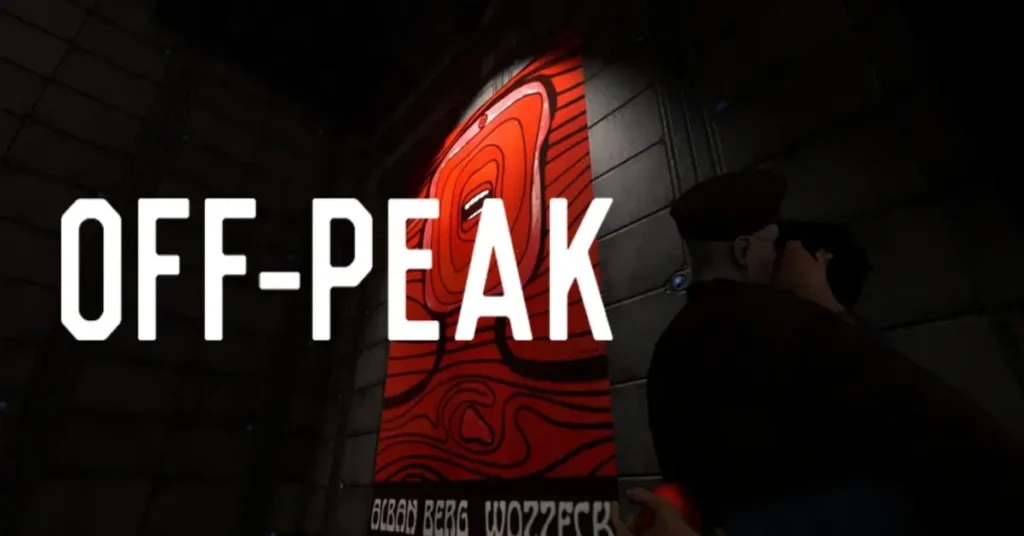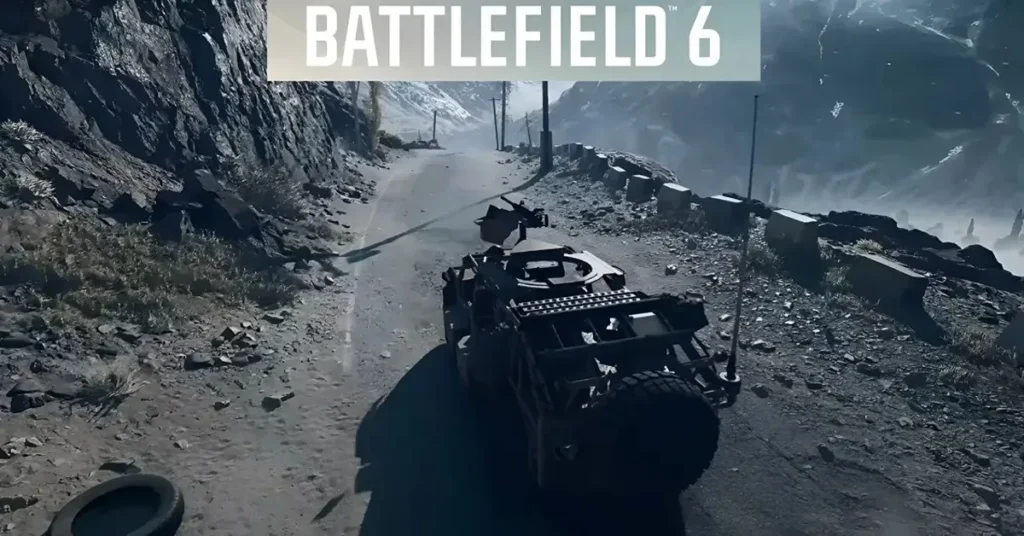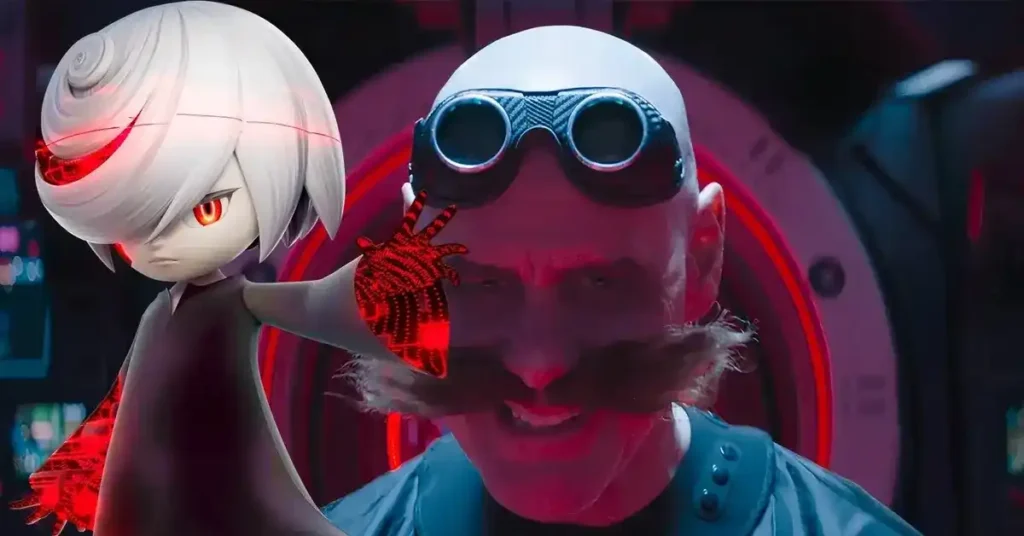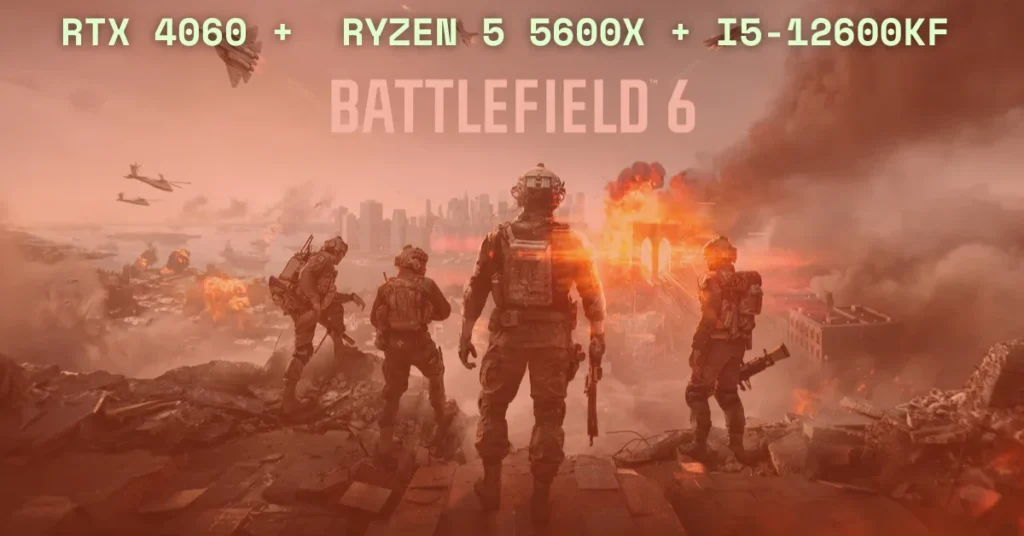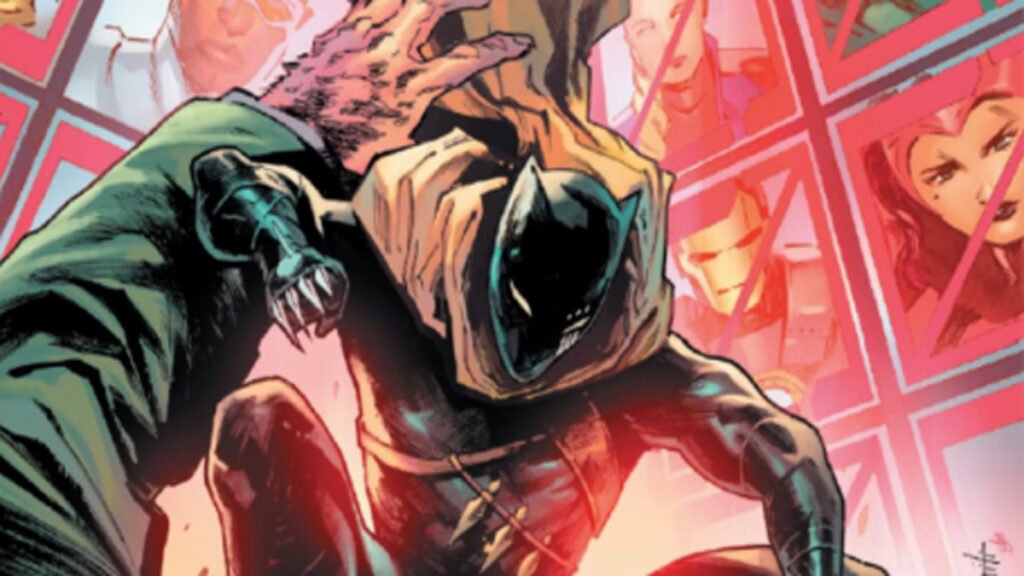
In Marvel’s Avengers #27, written by Jed MacKay and illustrated by Andrea Broccardo, Black Panther doesn’t just win a battle: he wins history. T’Challa confronts the ancient and cursed artifact known as the Meridian Diadem, a powerful symbol of villainy passed down through dark magical traditions. But rather than claim this legacy of power, he does something more courageous: he erases it.
This isn’t just a battle against a villain. It’s a battle against the temptation of legacy, the weight of corrupted history, and the burden of power inherited from the past. Through this, Black Panther emerges not just as a king but as a liberator of memory itself.
Table of Contents
Black Panther and the Path of Restoration
In Avengers #27, Black Panther defines the thematic and emotional gravity of the issue. This isn’t T’Challa the tactician or the royal strategist. This is T’Challa the reclaimer, the man who takes an object of generational oppression and chooses not to wield it but to destroy it completely.
The Meridian Diadem is no ordinary object. It is imbued with sinister energy, drawn from centuries of dark manipulation. It promises god-like strength, tempting those who possess it. Many would keep it as a weapon. Some might try to purify it. But T’Challa does neither. He crushes it.
This is the power of choice. He chooses to dismantle it, not dominate with it.
Legacy vs. Liberation: What the Meridian Diadem Represents
The Meridian Diadem isn’t just a magical relic. It is a metaphor for colonial, imperialistic, and ancestral oppression. It has been passed down through dangerous hands, each one feeding off the agony of others. It represents power, but at a cost. And in superhero universes where power often corrupts, the moral choice is the rarest one.
T’Challa’s decision to destroy it, rather than lock it away or use it for Wakanda’s benefit, is a radical act. He doesn’t see power as an inheritance. He sees peace as a responsibility.
This challenges centuries of thinking in both the real world and the Marvel Universe, where “might makes right” often overshadows “right over might.”
How Andrea Broccardo’s Art Elevates the Moment
The visual storytelling is critical here. As the Diadem is destroyed, the panel breaks with convention. Shards of light, echoing ancestral Wakandan patterns, pulse from the artifact’s implosion. Broccardo gives the act a cinematic grace. It’s less an explosion and more a rebirth.
Every shard feels like a piece of the past being shattered. The mood is not chaos but catharsis.
T’Challa’s body language doesn’t express rage; it conveys finality. There is sorrow in his expression, perhaps for the lives this object has touched, but no hesitation. His stance makes it clear: no relic, no matter how powerful, deserves to remain if its legacy is rooted in pain.
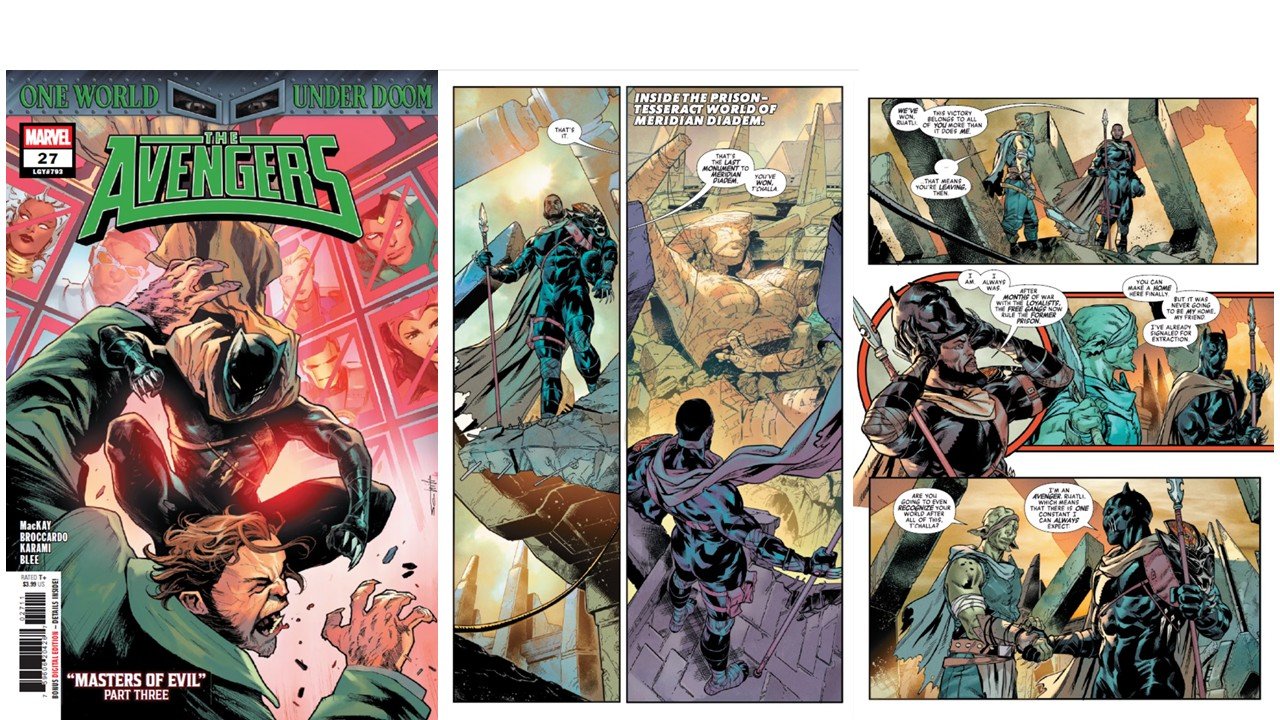
This Isn’t Just About the Avengers, It’s About Ancestry
The brilliance of this issue lies in how personal it feels. While Avengers is typically team-driven, here the lens narrows onto one man and his inner world. Through the destruction of the Diadem, we witness T’Challa processing the moral weight of his nation’s legacy and rejecting the notion that history must be preserved blindly.
It also stands in contrast to the actions of other heroes. While some Avengers might safeguard the Diadem for future use or entrust it to mystical archives, T’Challa chooses to burn the bridge. Not every powerful object deserves remembrance.
This is a moment of personal liberation, presented as a tactical choice. It reflects the kind of leader Black Panther truly is.
Impact and Aftermath: What’s Next?
This action is not without consequence. Dismantling the Diadem likely creates a magical power vacuum. The narration hints that others may come seeking the shattered remnants. Some might even attempt to rebuild it.
But for T’Challa, the act is symbolic. It is not about what is lost, but what is reclaimed.
As the Avengers delve deeper into mystical storylines under Jed MacKay’s direction, expect more intersections between ancestral memory and modern conflict. T’Challa’s actions may have stirred ancient forces. More importantly, they have stirred cultural conversations.
Black Panther’s portrayal continues to evolve across media, though not without setbacks. EA’s canceled game project serves as a reminder that even kings face uncertain futures.
Key Takeaways
- Black Panther reclaims agency over history by destroying the Meridian Diadem rather than using it.
- The Meridian Diadem represents legacy-based power drawn from pain. T’Challa’s rejection of it is a radical moral act.
- The issue is deeply symbolic, using the destruction of a magical relic as a metaphor for ending systemic inheritance of trauma.
- Visual storytelling plays a crucial role in showcasing the emotional and ancestral weight of T’Challa’s decision.
- Marvel positions Black Panther not just as a superhero but as a figure of cultural healing and ethical clarity.
FAQ
Q1: What is the Meridian Diadem in Avengers #27?
It is a powerful, cursed magical artifact symbolizing control, exploitation, and the misuse of inherited power. It draws from dark energies and represents oppressive legacies.
Q2: Why did Black Panther destroy it instead of keeping it safe?
T’Challa believes not all history must be preserved. He sees the Diadem as a cursed symbol of oppression and chooses to end its cycle permanently.
Q3: What makes this issue unique among other Avengers titles?
It focuses on personal ethics over group action. It elevates T’Challa’s emotional intelligence and legacy-driven decision-making over conventional superheroics.
Q4: How does this impact Wakanda or the Marvel Universe going forward?
It could provoke mystical responses from those invested in the Diadem’s power. But it also repositions Wakanda as a nation led by principle rather than power.
Q5: Is this a stand-alone moment or part of a larger arc?
This issue fits into a broader narrative under Jed MacKay’s tenure but stands powerfully on its own as a character-defining decision for Black Panther.
About the Author
Recent Posts
KPop Demon Hunters $20M Deal Loss – Sony Now Regrets
KPop Demon Hunters was a huge success on Netflix. But Sony walked away with only…
Off-Peak Free Steam: 7 Strong Reasons to Play Today
Off-Peak Free Steam is short, strange, and unforgettable. It drops you into a dreamlike train…
Valve Cuts PayPal Support for Steam Users in Smaller Regions Amid Bank Pressure
PayPal Pulled from Smaller Markets Valve has dropped PayPal as a Steam payment option in…
Battlefield 6 Beta Review – My (Mostly) Unfiltered Take
Alright, so I basically lived inside the Battlefield 6 beta for a few days. Sleep?…
Sonic 4’s Exciting Twist: Sage Takes Over as New Villain
The Sonic the Hedgehog series has been speeding along for decades, but Sonic 4 promises…
Battlefield 6 with RTX 4060 + i5-12600KF / Ryzen 5 5600X
I just wrapped up an extended session of the Battlefield 6 beta, and let me…


